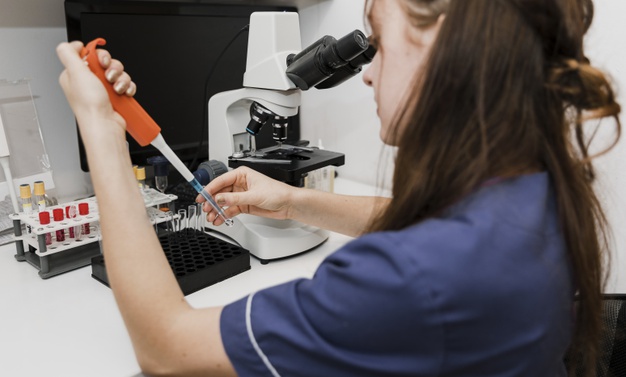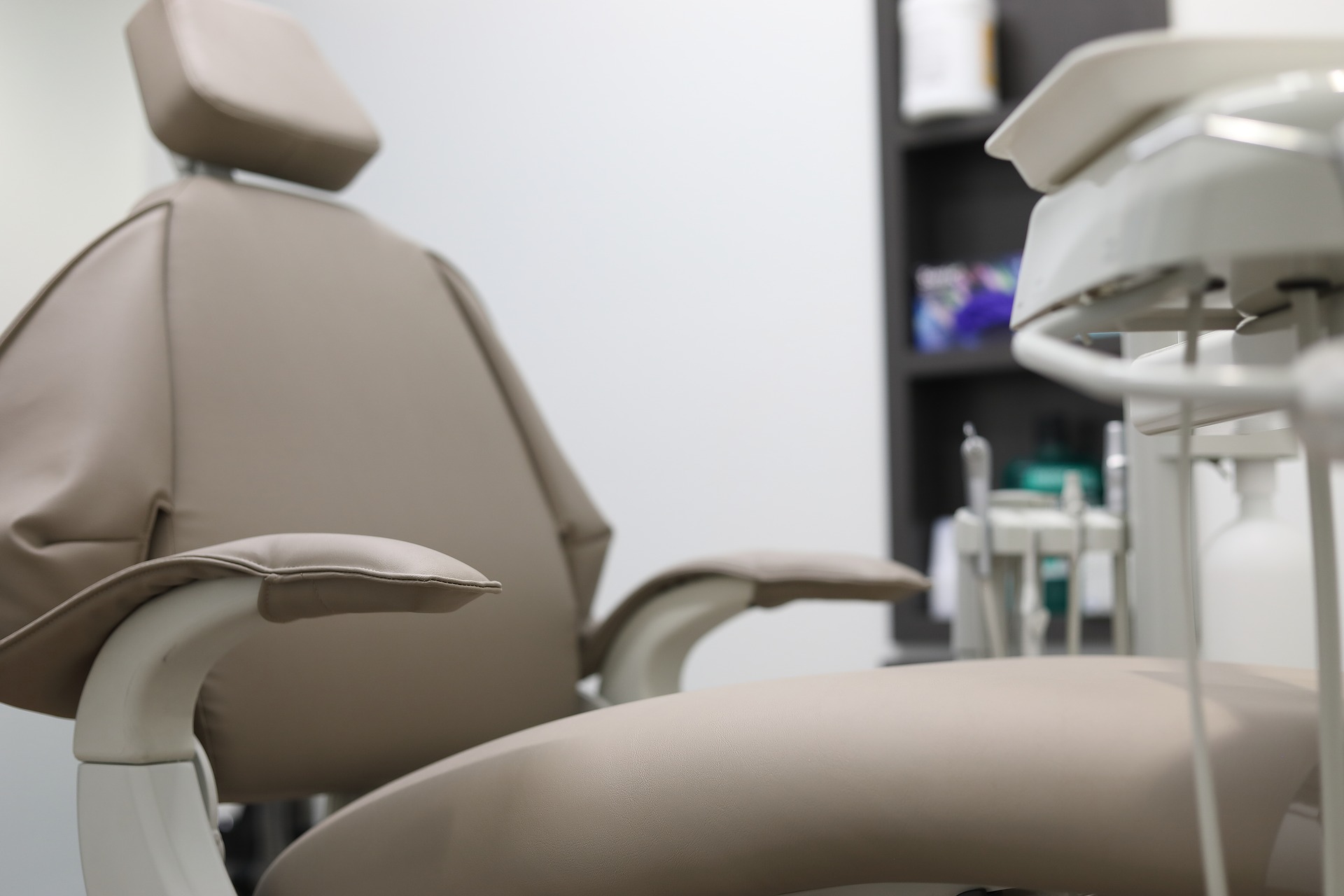“Every system is perfectly designed to achieve exactly the results it gets,” says Donald Berwick, M.D., president emeritus and senior fellow at the Institute for Healthcare Improvement, on healthcare innovation. Toward the healthcare quality that Dr. Berwick and his fellow health professionals advocate, technology has evolved to make even the most complicated and extensive procedures possible; to better our understanding of human biology; and to enhance the delivery of healthcare services, to better human life and livelihood.
Key to this is the area of diagnostics, pertaining to the screening and prevention of diseases. Outside of hospitals, diagnostic laboratories are some of the busiest fortresses against the further spread of disease. The work that goes into collecting, analyzing, and distributing samples in a diagnostics facility is nothing to sneeze at—in this area, health professionals are currently engaging in systems to save lives, one day and one procedure at a time.
Automation of Core Lab Processes: Leveling Up Your Diagnostic Technologies
First off, a premium must be set on the value of correct diagnoses, as breakthroughs in the field of diagnostics indeed contribute to the future of the healthcare system. The greatest danger to an individual client is a doctor without a clear vision and careful hands; the responsibility extends to core processes in the lab, where crucial components such as samples must be handled carefully and accurately.
One of these core processes is pipetting. Many laboratories no longer depend on the process of manual pipetting and have invested in automated liquid handling. The automation of this process enables compound screening methods for a number of plates and tubes to be possible all at the same time.
Motion solutions such as linear stages for automated liquid handling oversee the pipetting process across the three axes of movement—upwards, downwards, or across; transferring and dispensing liquids into new containers—with levels of throughput and accuracy that make all the difference. Automated liquid handling is a reliable mechanism for so many samples, and is invaluable in closing any gaps for error—a technology that is safe, dependable even without much human intervention, and capable of high performance and output.
This focus on greater productivity, at a higher level of precision, is what forwards the field of diagnostics in its pursuit of exactness, and therefore greater responsiveness to the challenge of curing and preventing diseases.
Proactive Approaches in Healthcare
Given this scenario, there are tangible benefits to improving diagnostic technologies through processes such as automation. The automation of a core laboratory process, as in the example of automated liquid handling, improves the efficacy of work in diagnostics. But how does this part of the equation work to improve the healthcare situation as a whole?
In truth, every advancement in health and technology is a boon to facing challenges in the healthcare system, such as increased costs of medicines and treatment, lack of continuity in the provision of care, and fluctuating quality of services. Against these, there is a constant pressure among health professionals to meet the needs of their patients, keep up with the pace of big institutions, and harness innovation against the spread of disease—all at the same time.
Diagnostic facilities are just one part of this large equation in the betterment of healthcare; it may be another story in clinics, pharmacies, corporations, or in the offices of the national and federal government. But every process that can be enhanced and performed at a heightened level in this field will certainly help safeguard human life.
Innovations for correct and precise diagnoses will truly contribute to the healthcare situation. In line with this, Jonathan Bush and Michael Chernew, PhD, posit on this mindset for greater innovation to happen: “If our society can seize this moment to unleash the power of innovators to create better models, which allow them to profit from removing waste and finding new efficiencies, we can put ourselves on the path to a satisfying and sustainable health care system.”
Read Also:






















